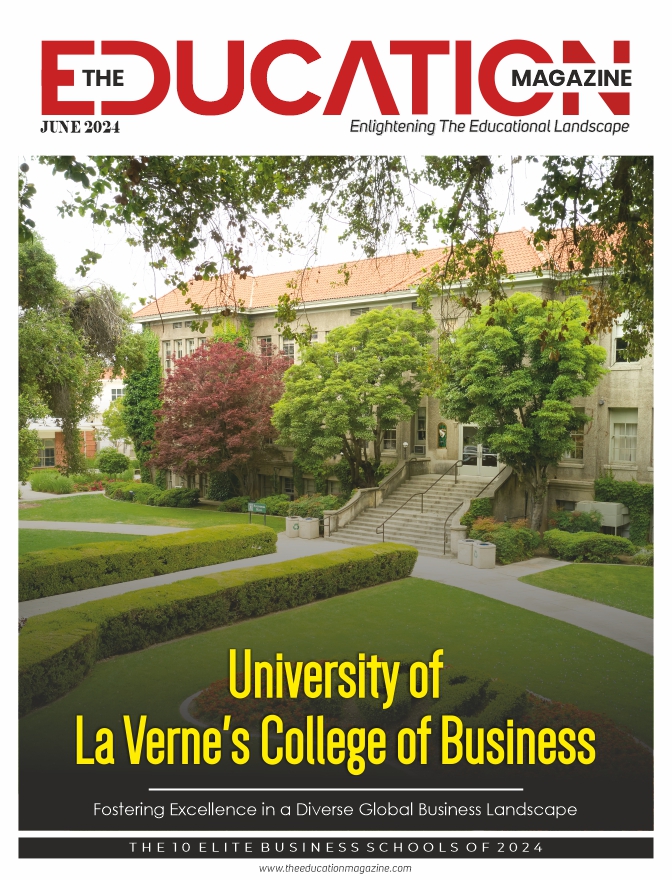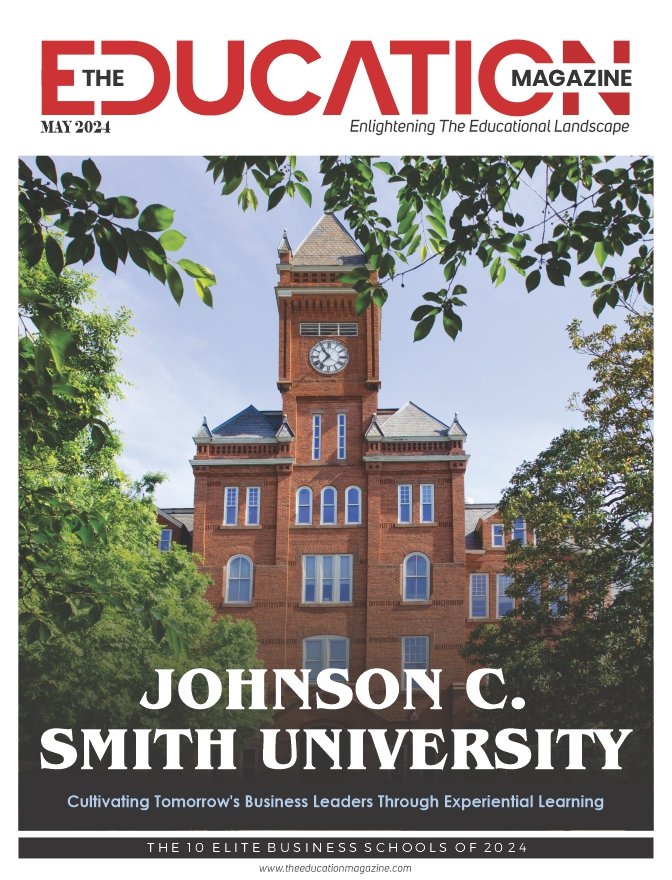Key Highlights:
- Photon echo enables effective interaction with quantum processors and optical modes that are superconducting
- The testing results revealed that the noise was 0.0015 photons
- The efficiency of NLPE was 3 times higher
Spin Echo and Photon Echo are Identical
The echoes are coherent emissions from atoms when they come in contact with a number of electromagnetic pulses. In 1950, Erwin Hahn initially found this phenomenon in the radio-frequency (RF) field, and historically it was termed a Spin Echo. The physics underlying the spin echo and photon echo (PE) is identical – a powerful electromagnetic pulse rephases an inhomogeneously expanded atomic ensemble to concentrate the initial excitation in a specific time.
PE has shown great storage and manipulation capacities for input photons, which attracts a great deal of attention in the microwave (MW) mode. PE provides efficient interaction with superconducting quantum processors and optical modes. Therefore, PE serves as an integral component of large, memory-based quantum networking. However, population-inverted medium generated by the rephasing pulse produces substantial spontaneous emission noise, which constitutes a fundamental barrier to the possible signal-to-noise ratio and prohibits PE from working directly in the quantum system.
Accordingly, Prof. LI Chuanfeng and Prof. Zhou Zongquan from the Chinese University of Science and Technology (USTC) have innovatively raised and implemented a Noiseless Photon Echo Protocol. The research of complete originality has decreased the noise of prior strategies by 670 times and developed a strong, high-fidelity quantum memory. The outcome has been reported in Nature Communications.
Related:- Noiseless Photon Echo Protocol (NPEP)
Experimental Observations
In this research, the scientists employed the NLPE protocol Eu3+:Y2SiO5 crystal to serve as an optical quantum memory and employed a four-level aromic system to control noise. By double rephasing the pulse in the four-level atomic system, scientists manipulated the spontaneous noise emission to be different from the signal frequency. Hence, separating the signal from the noise emissions is considerably easier. Although more noises were noticed in practice, they were considered minor.
The experimental results indicated that the noise was 0.0015 photons, 670 times less than earlier measurements. Moreover, NLPE’s efficiency was more than 3 times greater than earlier protocols. In addition, its high efficiency, high fidelity, and easy-to-reach entitle NLPE to considerable advantages as a noiseless quantum memory protocol.
Also Read:- Celebrating the 10 Famous Scientists of All Time










